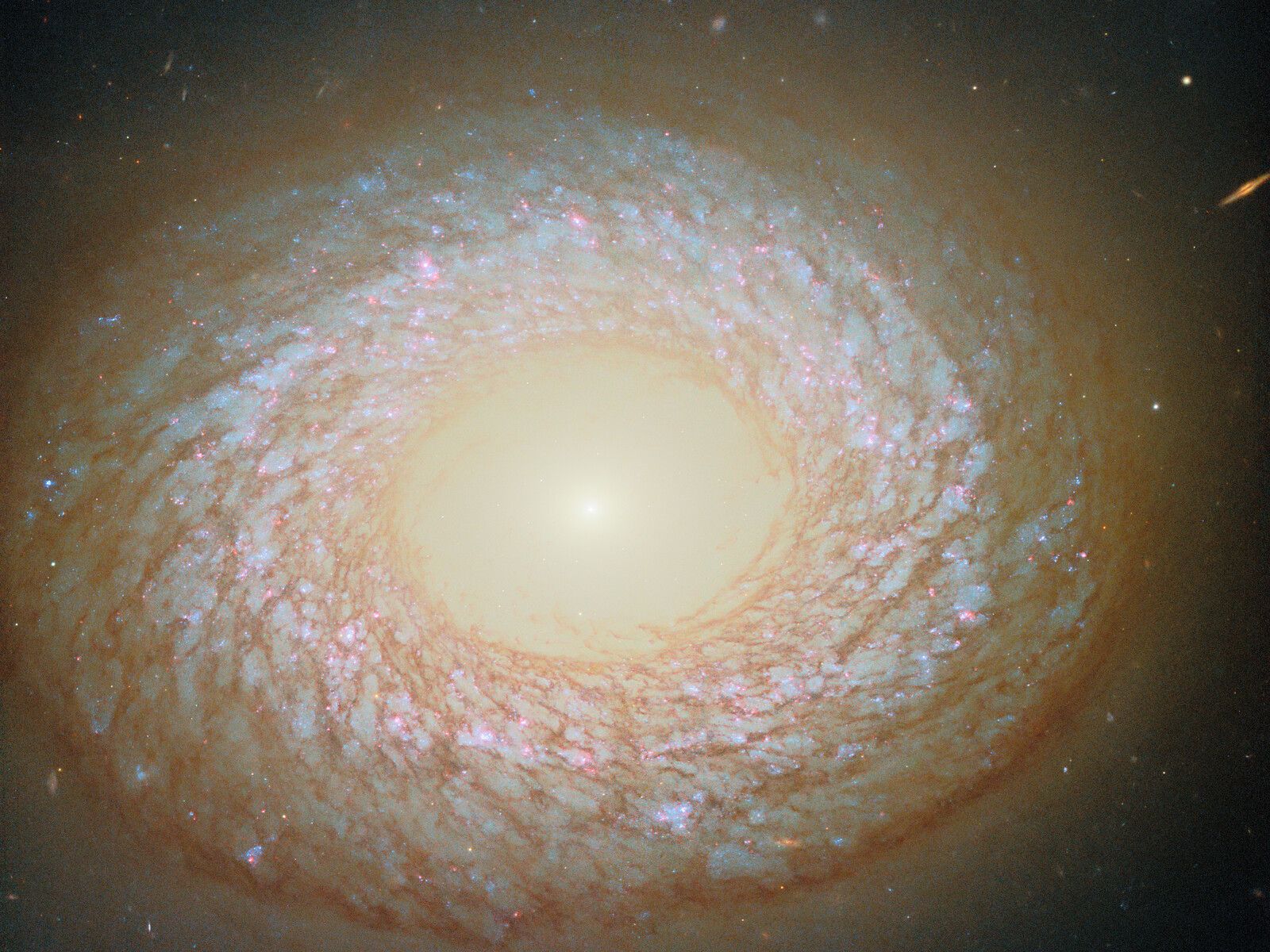🔭 This hybrid galaxy upends all astronomical classifications
Follow us on Google News (click on ☆)
Spiral galaxies like our Milky Way display a flat disk structure with characteristic spiral arms where new stars are continuously born. These star-forming regions are rich in gas and interstellar dust, creating dynamic cosmic landscapes.
In contrast, elliptical galaxies appear as smooth spheres or ellipsoids, lacking visible spiral structure. Their stellar populations are generally older and they contain little cold interstellar matter, which limits the formation of new stars.

Galaxy NGC 2775 photographed by the Hubble Space Telescope
Credit: ESA/Hubble & NASA, F. Belfiore, J. Lee and the PHANGS-HST team
Some galaxies don't fit into this binary classification, like NGC 2775 which displays intriguing hybrid characteristics. Thanks to the exceptional resolution of the Hubble Space Telescope, astronomers have been able to analyze in detail this galaxy located approximately 67 million light-years away in the constellation Cancer. Its central core appears remarkably smooth and gas-poor, reminiscent of elliptical galaxies, while an outer ring rich in dust and star clusters more closely resembles spiral structure.
This particular configuration shows that NGC 2775 could be a lenticular galaxy, an intermediate type combining traits from both major galactic families. Astronomers have also detected a hydrogen tail extending 100,000 light-years, invisible in Hubble images but revealed by other instruments. This extended gaseous structure likely indicates past interactions with other galaxies, offering clues about the evolutionary history of this system.
The study of these hybrid galaxies like NGC 2775 allows scientists to better understand galactic transformation processes over cosmic time. These transitional objects often preserve traces of their past structures in the form of residual spiral arms, rings, or galactic bars. However, the unique viewing angle of NGC 2775 complicates the precise determination of its three-dimensional morphology.
Galactic evolution through mergers and interactions
Galaxies are not isolated islands in the Universe but constantly interact with each other through gravitational influence. These interactions can take different forms, from slight disturbances to complete mergers that completely redefine the structure of the systems involved.
When two galaxies of similar sizes collide, the process can last hundreds of millions of years. Tidal forces significantly distort the original structures, often creating spectacular tidal tails composed of stars and gas stripped from the parent galaxies. These tails, like the one observed around NGC 2775, are valuable indicators of past interactions.
Galactic mergers often trigger bursts of star formation as gas clouds collide and compress. However, after the merger, the resulting galaxy tends to exhaust its gas more quickly, leading to a gradual decrease in star-forming activity. This process can transform an active spiral galaxy into a calmer elliptical or lenticular galaxy.
Numerical simulations show that most large galaxies have experienced several merger episodes throughout their history. Our own Milky Way has absorbed many dwarf galaxies and is expected to collide with the Andromeda Galaxy in approximately 4 billion years. These interaction and merger processes are therefore fundamental to understanding how galaxies evolve and diversify in the Universe.